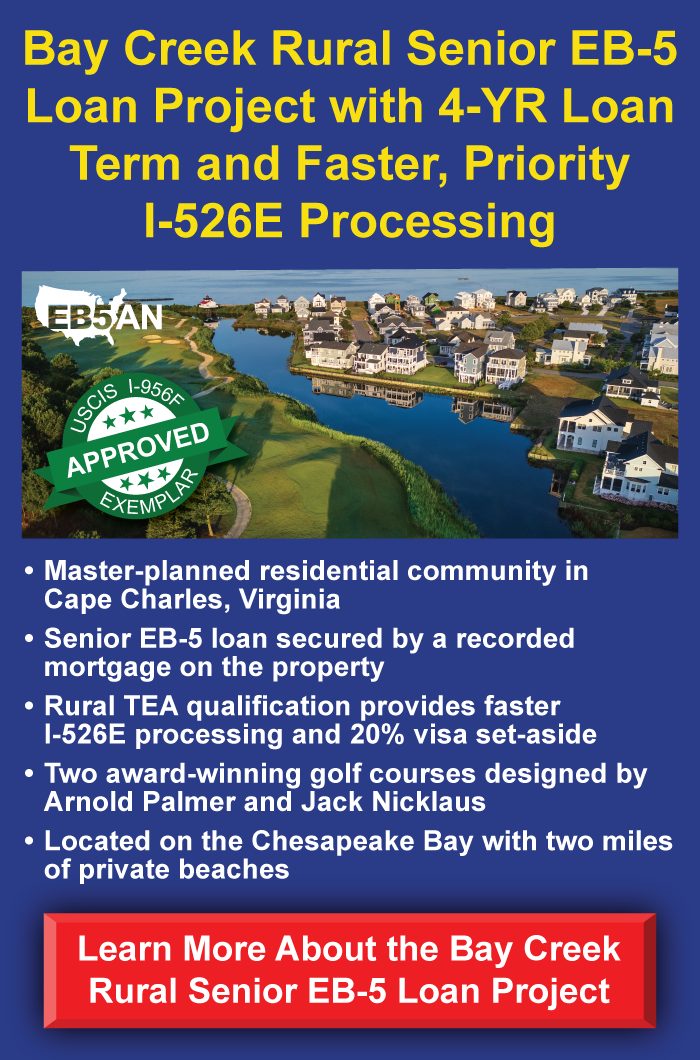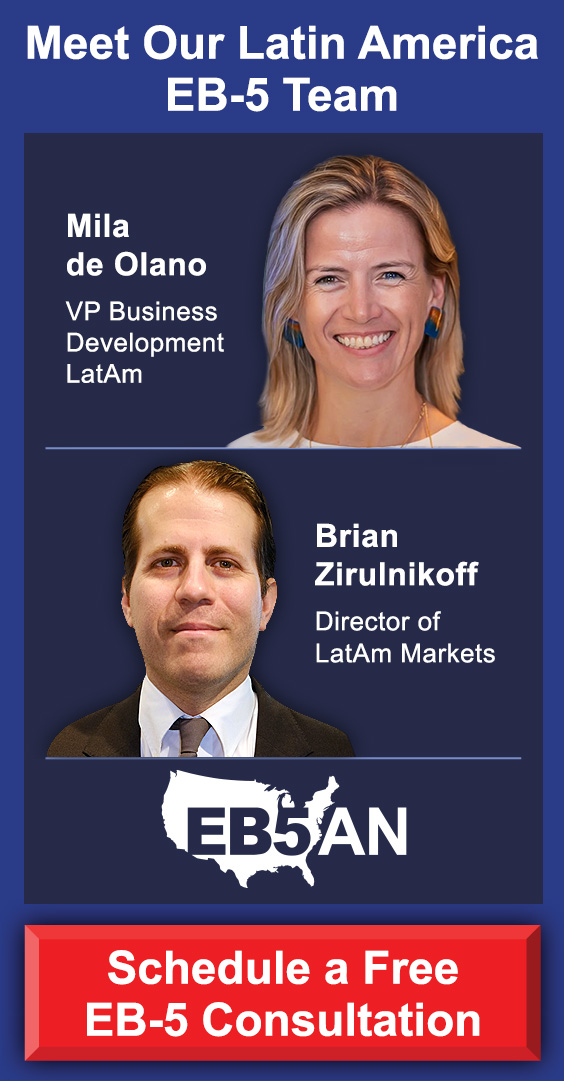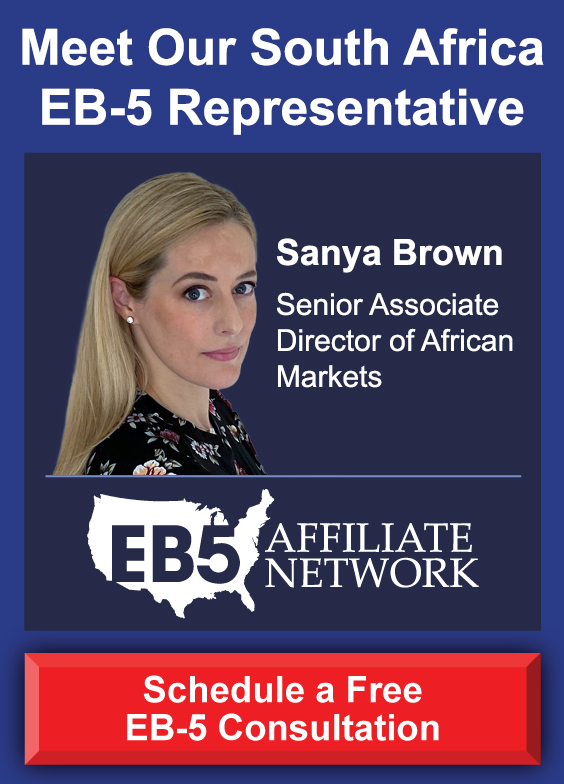The EB-5 Immigrant Investor Program presents a compelling opportunity for foreign nationals to gain permanent residency in the United States through a qualifying investment. With this opportunity, however, comes risk, both financial and immigration-related.
For investors considering the EB-5 route, due diligence is essential. Knowing what questions to ask, what documents to review, and how to interpret financial and operational information can make the difference between a successful immigration journey and a costly misstep.
This article outlines the key areas every prospective EB-5 investor should examine before investing.
Understanding the EB-5 Framework
Evaluating the Regional Center
Assessing the EB-5 Project
Reviewing Offering Documents
Key Financial Information to Request
Mitigating Immigration Risk
Hiring the Right Advisors
Planning for Exit and Liquidity
EB5AN Can Help You With Your Inquiries
Understanding the EB-5 Framework
Before evaluating specific projects or investment vehicles, it’s vital to understand the fundamental requirements of the EB-5 program.
At the core of the EB-5 program is the qualifying investment. Investors must contribute either $800,000 (in a targeted employment area (TEA) project) or $1,050,000 (in a non-TEA project) to a U.S. business. These invested funds must then be used to create at least 10 full-time jobs for U.S. workers.
In addition, the capital must be “at risk” for the duration of the investment period, which must last a minimum of two years—a time frame commonly referred to as the “sustainment period.”
Understanding these baseline criteria helps investors evaluate whether a project is properly structured to meet all the immigration requirements and timelines they need to acquire a U.S. Green Card.
Evaluating the Regional Center
For most EB-5 investors, their investment is facilitated through a USCIS-approved regional center. Choosing the right regional center is therefore one of the most important decisions in the process.
Prospective investors should start by examining the track record of the regional center. How many I-526E and I-829 approvals has it secured? How many investors have successfully received Green Cards and recouped their capital?
Also investigate the experience and background of the management team—try to speak to them directly if possible. A seasoned, transparent, and communicative team is more likely to handle complexities effectively and deliver on project milestones.
Lastly, check whether the regional center has been subject to litigation, SEC scrutiny, or investor complaints. Public records, media reports, and regulatory filings can provide insights that marketing brochures won’t—and may reveal crucial information a regional center might not offer upfront.
Assessing the EB-5 Project
The next critical component is the project itself.
First, investors should request and closely examine the project’s business plan. A compliant plan should include a market analysis, financial projections, a clear job creation strategy, and operational timelines.
Also essential is the economic impact report, which should justify how the investment will generate the necessary jobs. Pay special attention to the assumptions used in these models. Conservative projections and a significant “job buffer”—or jobs created in excess of the minimum requirement of 10 per investor—offer greater assurance.
Equally important is the construction and operational timeline. Investors must be confident that job creation will align with their immigration milestones—particularly before their I-829 filing window, which begins in the 90-day window before an investor’s two-year conditional Green Card expires.
Reviewing Offering Documents
Each EB-5 investment offering includes a series of legal documents that outline the terms, risks, and structure of the deal. These documents should be reviewed by an experienced immigration attorney and a financial professional.
The private placement memorandum (PPM) is the primary disclosure document. The PPM covers the critical details on the project, including how it will use fund proceeds, all associated fees, any relevant risk factors, and the investment terms and repayment structure.
Additional documents investors and their advisors should examine include the subscription agreement, operating or partnership agreement, and escrow agreement (if applicable).
Investors should be wary of overly optimistic projections or vague language. Transparency, the disclosure of all material risks, and a coherent investment structure are signs of a professionally managed offering.
Key Financial Information to Request
A thorough financial review is vital to determining the project’s viability and your potential for capital preservation.
Start with a breakdown of the capital stack, which explains how the project is financed. This will let you understand where EB-5 funds fit relative to senior debt, mezzanine loans, and the developer’s own equity.
Next, ask about the developer’s equity contribution. A substantial personal investment by the developer indicates alignment of interest and a greater likelihood of project success—put simply, the greater personal stake a developer has in a project, the more dedicated they will be to seeing the project succeed.
The sources and uses of funds should also be clearly defined. You want to know exactly where the money is coming from and how it will be spent. Transparency here is non-negotiable.
Another important factor is the repayment strategy. How will your capital be returned? Will it be through refinancing, the sale of the project, or cash flow distributions? What is the expected timeline for repayment, and what are the risks to liquidity?
Investors should ask these questions as part of their due diligence checklist.
Mitigating Immigration Risk
While EB-5 investments are financial in nature, the primary goal for most investors is permanent residency. Therefore, understanding the immigration risk involved in a given project is crucial.
One important question to ask is whether the project offers any refund policy in case of an I-526E denial. Some regional centers hold investor funds in escrow until their initial approval, which can reduce exposure if a petition is denied.
Another critical factor is the timing and documentation of job creation. Ideally, jobs should be created early in the project lifecycle, ensuring they are in place when the investor files for removal of conditions on their Green Card—some projects may even have all the required jobs created before you invest.
Additionally, look for a buffer in job creation projections. If a project estimates exactly 10 jobs per investor, any delay or underperformance could jeopardize your immigration outcome. Projects that aim to create at least 12–15 jobs per investor provide greater security.
Hiring the Right Advisors
No investor should rely solely on information provided by a regional center or project sponsor. Many of the documents mentioned above can be rather complex, and some may even be misleading.
That is why engaging independent professionals is a must.
The most important expert you can hire is an experienced EB-5 immigration attorney. The EB-5 process spans several years, and a good attorney will be by your side the whole time. Specifically, an EB-5 attorney ensures that the investment complies with all necessary USCIS requirements and helps guide you through your petition filings.
Economic advisors can also be immensely helpful. A financial advisor can help you determine a project’s economic viability, and a tax advisor can prepare you for the implications of becoming a U.S. tax resident—as well as for any taxes you may have to pay related to your investment.
These advisors serve as a protective buffer between you and potential misrepresentation, helping you make an informed, objective decision—one that will hopefully lead to Green Cards for yourself and your family.
Planning for Exit and Liquidity
EB-5 investments are typically illiquid for years. One of the last steps before investing should thus be examining the project’s exit strategy: How and when will you get your money back? What happens if the project underperforms or market conditions change?
Be prepared for a long-term commitment, and make sure the investment aligns with your overall financial plan.
EB5AN Can Help You With Your Inquiries
While the EB-5 program offers a straightforward route to U.S. permanent residency, it is not without its risks. Investors must treat EB-5 like any other private placement or commercial venture by conducting thorough due diligence and obtaining expert guidance.
By thoroughly vetting the regional center, understanding the project fundamentals, reviewing financial disclosures, and assembling a team of qualified advisors, investors can significantly reduce their exposure to risk while maximizing their chances of both immigration and investment success.
At EB5AN, transparency is of the utmost importance to us. EB5AN has helped more than 2,700 families from 70+ countries become lawful permanent residents of the United States. Our expert team has more than a decade of experience, and we offer our clients first-rate, low-risk EB-5 regional center projects with a 100% USCIS project approval rate.
If you would like to know more about your EB-5 investment options, book a free call with our expert team today.











